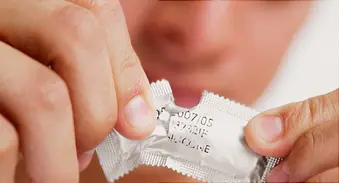Quiz: How Much Do You Know About STDs?


Question 1/10
You can get herpes from a toilet seat.
- True
- False
Question 2/10
Which better protects you against STDs?
- One condom
- Two condoms
Question 3/10
It's easy to tell if your partner has an STD.
- True
- False
Question 4/10
Who’s most likely to have STDs?
- Teens and young adults
- People in their 30s
- Seniors
Question 5/10
You can get herpes by sharing a glass.
- True
- False
Question 6/10
The Pill protects against STDs.
- True
- False
Question 7/10
A negative test result means you’re in the clear.
- True
- False
Question 8/10
There’s medicine to cure each STD.
- True
- False
Question 9/10
Sex toys can spread STDs.
- True
- False
Question 10/10
What's the most common STD?
- Gonorrhea
- Herpes
- HPV
